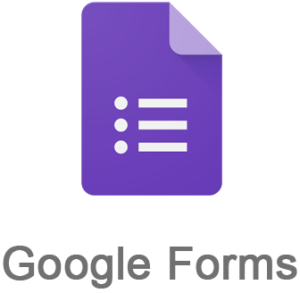During the lockdown, I
learned about gamification, so I decided to create an educative escape room of my own called “Back to dinosaurs’ world”. The idea is to crack some passwords to reach the next level.
The challenge was to
find some young dinosaurs lost in the woods and bring them back to their
families before the Cretaceous Period end with the extinction of the dinosaurs.
The topic was not in my social sciences syllabus but as some students were quite
motivated about those creatures, I managed to include it in my English class by
emphasizing the reading comprehension activities, and the searching of
information.
Students had to move
through the Mesozoic era: the Triassic, the Jurassic, and the Cretaceous period
by entering the correct password. The tools I used to create it were:
Google sites:
I created the main page
with the introduction to the game. Then, I duplicated it with the Mesozoic era,
the Triassic, the Jurassic, the Cretaceous, and a help page with useful
vocabulary. I used Google Sites to structure the information and include all the
links to the activities and readings to obtain the passwords. Once students
guessed the password they moved to the next Google Sites and so on.
Padlet:
The second Padlet’s
idea was to provide me with some feedback from my students so that I could make
some improvements.
I also used TOOLS and WEB PAGES to prepare the activities so that students could crack the password. These activities were, at the same time, useful ASSESSMENT tools which provide both teachers and students with valuable information about reading and listening skills:
It was a great opportunity to learn about dinosaurs
(not only my students) and to integrate different online educative tools.
Check the game “Back to Dinosaurs’ World” here
Núria Parareda









Comments
Post a Comment
Leave you comment